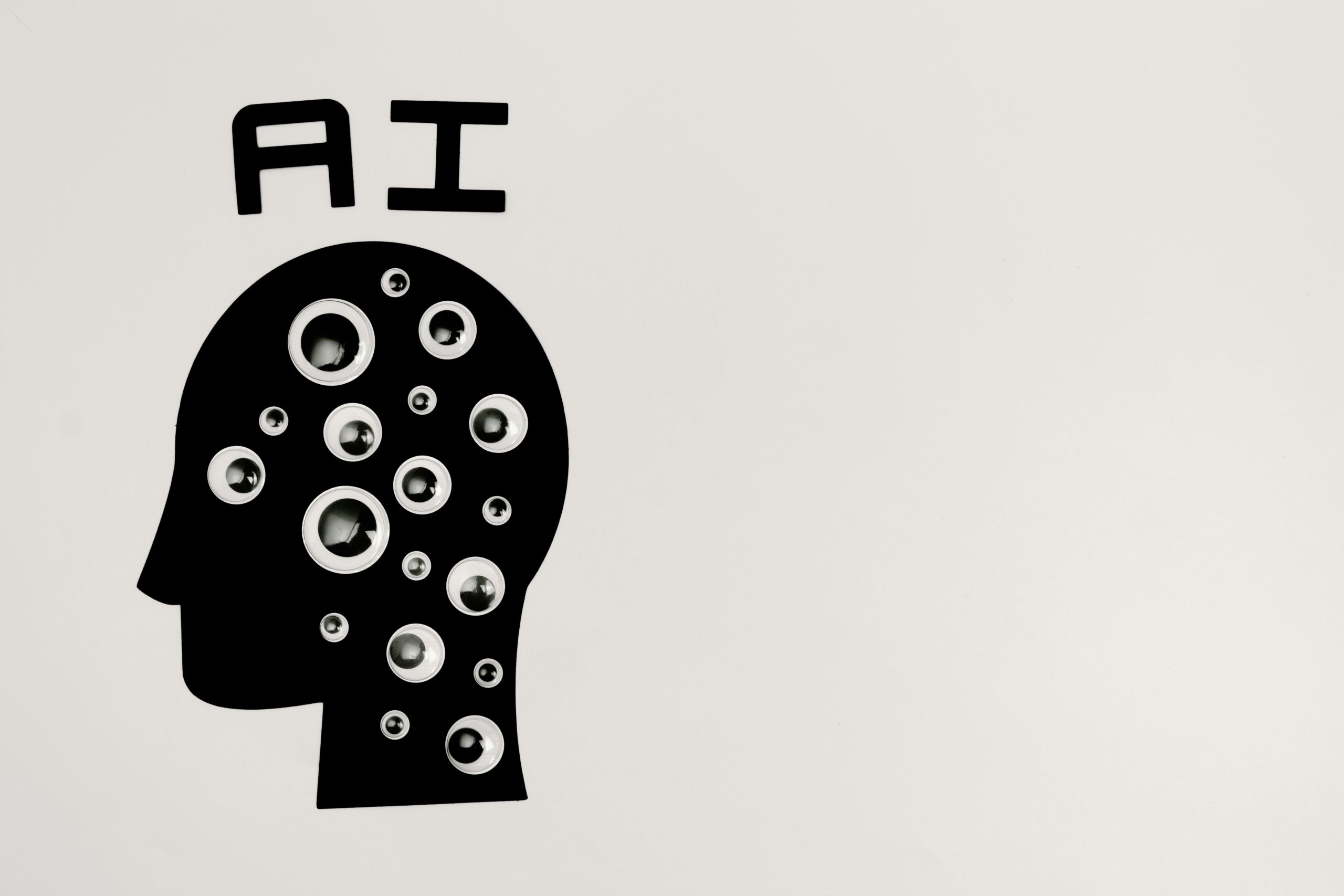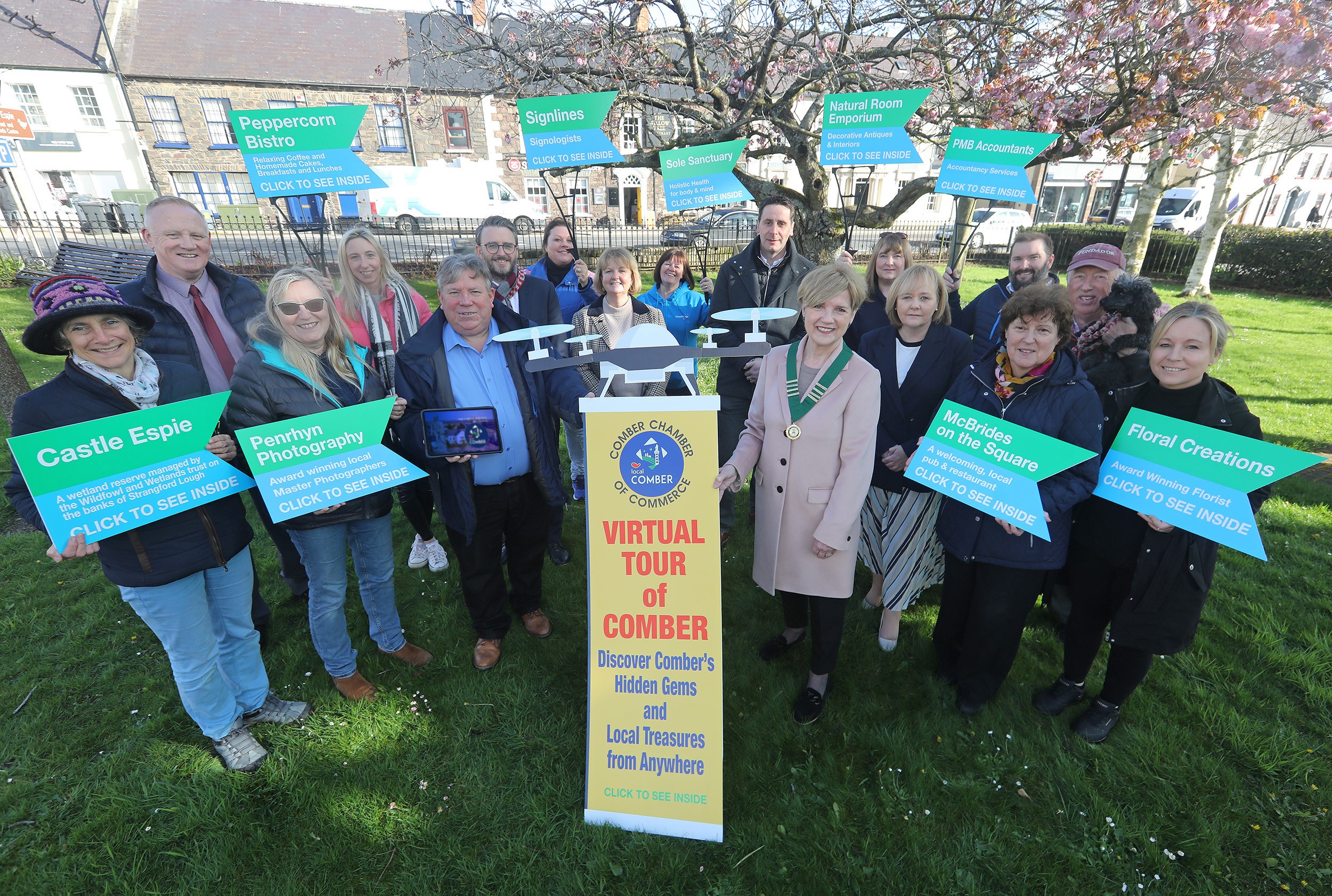By William Curry, Partner, Arthur Cox
The UK Cabinet Office recently published a Procurement Policy Note (PPN 02/24) aimed at advising UK public sector bodies in regard to the use of Artificial Intelligence (“AI”) in public contracts, both in the initial process of awarding the contract and in it being carried out.
The PPN considers the increased adoption of AI in the procurement process, particularly by suppliers, considering both potential benefits and risks associated with the use of AI in bid writing.
Whilst Construction Procurement and Delivery (“CPD”) are responsible for advising public bodies on matters of procurement in NI, due to the universal nature of AI, the content of the PPN is also noteworthy for public sector bodies in Northern Ireland.
Potential Benefits of AI in Context of Procurement
The note makes clear that AI can bring benefits to the procurement process for public bodies. Firstly, it allows procurement teams to mine huge amounts of complex data. With the vast amounts of external data that AI has access to, it can provide more information in real-time, which procurement teams can use to facilitate and improve their decision-making and bid writing.
It also has potential to greatly reduce time spent on some procurement processes, with some reports suggesting by up to as much as 60%, especially when utilised to its 24/7 operating capacity.
Oxford College of Procurement & Supply have claimed that through spend and supplier panel analysis, AI can deliver cost savings of up to 40%, also suggesting that processing costs may be able to be reduced by as much as 40% by automating simple tasks such as technical support, which can instead be delivered by chatbots.
This must be caveated, however, by the reality that many of the questions raised during the procurement process are highly technical or are queries regarding the wording of the ITT, it is arguable that an AI chatbot will not be of sufficient help as it can only regurgitate information based on the words it receives as input, as opposed to understanding the technicalities of what it is being asked.
It has also been argued by leading AI developers that AI fosters innovation and creates value for companies in terms of the above-listed benefits, and it ultimately helps to increase the overall competitiveness of a company.
Potential Risks of AI in Context of Procurement
However, there are a number of potential risks which could occur if the usage
of AI becomes commonplace in the procurement process.
Firstly, many of the commonly available generative AI systems are opensource, meaning that they draw data from the entirety of the freely available internet. This means that results can be inconsistent, conflicting and potentially incorrect.
Coupled with the fact that generative Large Language Models (“LLMs”) in AI do not typically provide a source for the information produced, this makes it impossible to verify what information is reliable.
LLMs are trained to predict a “statistically plausible” string of text, however statistical plausibility does not necessarily mean that the statements are factually accurate.
More specifically regarding public procurement, the use of generative AI may result in a tenderer making promises they can’t keep, regarding the work involved in the contract, as the AI may not factor in the resources, techniques and experience of the organisation in question, only forming a general answer as to how the contract could be carried out.
A further risk which could crop up in multiple contractors using AI to respond to ITTs is that the tender responses could become highly similar/identical, should the contractors all input the same criteria (which is likely given that they are working from the same ITT setting out the criteria required) into a generative AI system, which could end up repeating its answers for every contractor for substantive questions.
One of the biggest question marks regarding AI and public procurement is the fear that the adoption of AI systems both to publicise and apply for public contracts will result in significant breaches of data protection regulations.
The tendering process for some public contracts requires the submission of personal profiles/CVs for the individuals and companies who wish to win the contract, and potentially other information which is protected under data protection law and which is not to be published to the world at large.
Should this information be input into an AI system, there is a risk it could end up becoming publicly accessible if safeguards are not put on the AI’s access to this information.
The same concerns apply to other commercially sensitive information which may be included in an AI generated tender submission such as pricing, turnover, ESG etc. The risk of the AI storing this information in a manner that it can be accessed by other tenderers utilising AI systems could be damaging for the individual tenderers.
This could then pose a risk to the fairness of the competitive process in awarding public contracts as there is potential that the AI systems will copy and include the same financial pricing for all tenders, or the more advanced systems will undercut one another if they can obtain information on the lowest price at the time of completing the tender.
This will also give rise to potential issues from a competition law perspective in relation to sharing prices and commercially sensitive information.
Overview of Guidance in PPN
The PPN sets out the following recommended steps that contracting authorities should take in order to prepare for AI usage becoming more frequent in public contract processes:
- Asking suppliers to disclose their use of AI in the creation of their tender, and also to disclose and explain where AI is likely to be used in the proposed service delivery.
- Using proportionate controls to ensure suppliers do not train AI using confidential authority information, or any other information that is not publicly available.
- Undertaking appropriate and proportionate due diligence to ensure suppliers have the capability to fulfil the requirements of the contract, and to establish the accuracy and credibility of tender responses.
- Planning for a general increase in volume of tender responses as suppliers make use of AI to streamline and automate their processes in submitting
- Factoring additional time into procurements for additional due diligence and verification around
Conclusion
In conclusion, it is clear that like any new technology, AI may bring both positives and potential risks to the procurement process. Consideration will be needed of the potential for its use (by both public sector buyers and tenderers) as well as focus on how to use and spot any potential issues with AI as part of procurement competitions.
The recently published PPN has been useful at outlining some of the risks, and suggesting practical steps for public authorities to follow when considering their own use of AI and also in order to identify and understand the use of AI by tenderers.
It will be important however to ensure that commercially sensitive information is not published more widely than necessary and that the data protection factors are fully considered, to avoid legal issues arising from the use of AI in relation to both fairness under procurement law and related competition law issues.
It is clear that this technology is consistently and rapidly evolving, and that this exciting new space will need to be observed to determine the extent to which AI is adopted in public procurement and ultimately whether its use will be beneficial.
If it would be helpful to discuss any issues raised in this note in more detail please don’t hesitate to contact William Curry, Partner, Corporate and Commercial at Arthur Cox.


